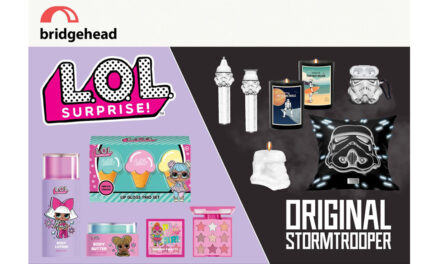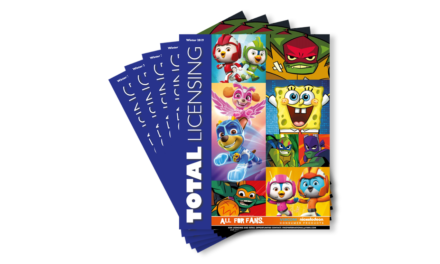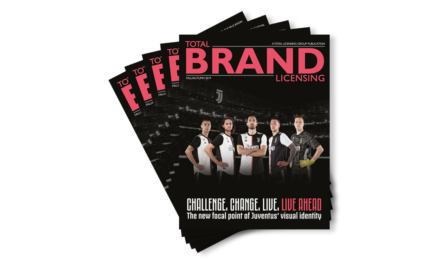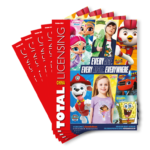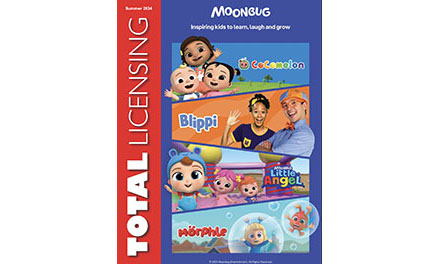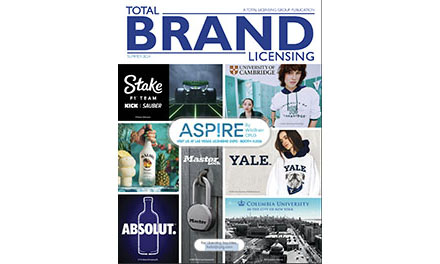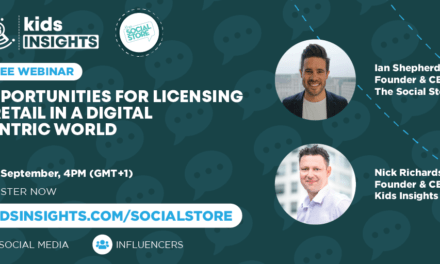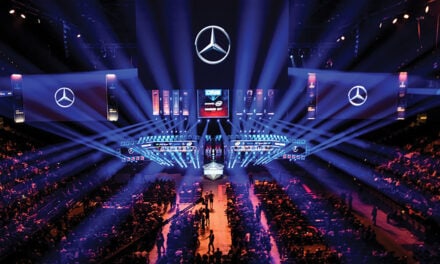
Gary Pope Outlines The Experience Design Framework
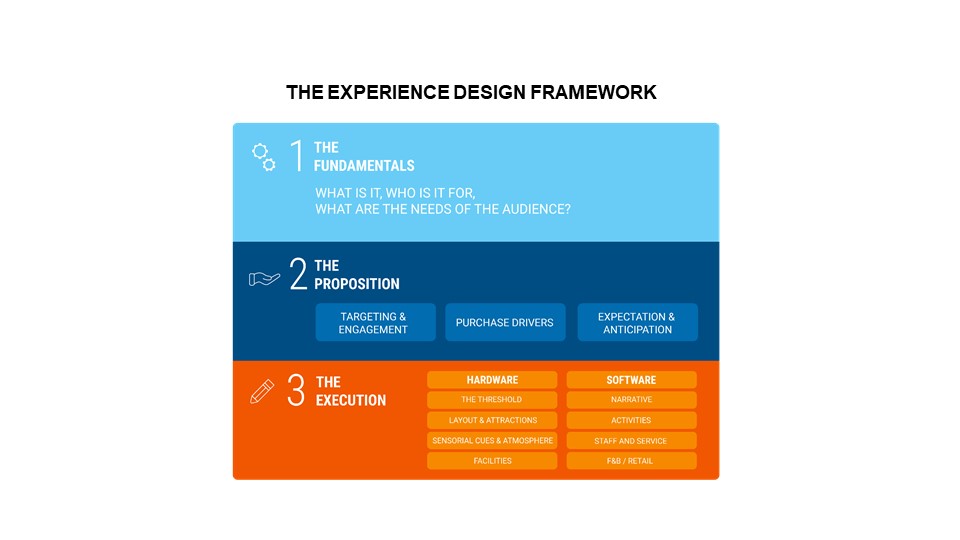
Going into 2022, Gary Pope outlines what retailers & brands need to consider when creating a retail experience in order to create a purchase
By Gary Pope, co-founder and CEO, Kids Industries
In space of just one generation, that is the last 15 years, online retail sales as a percentage of total retail sales have grown from 2.8% (Nov 2006 ONS) to 26.3% (Oct 2021 ONS), peaking at 37.6% in January when the UK went back into lockdown and non-essential stores were shuttered once again.
This rise is phenomenal and, powered by Covid, which drove a huge migration to online shopping, it shows little sign of declining. With the likes of Debenhams, Top Shop, Gap and the entire Intu shopping centre portfolio now gone from our High Streets, headlines predictably continue to forecast the death of ‘bricks and mortar’.
After all, if customers can buy practically anything they want from Amazon, probably for less than if they hopped on a bus and headed into town, without the hassle of struggling home with armfuls of bags, the cost of the bus fare or the battle against the winter wind and rain, why would they go instore again?
And therein lies the $64 million question. Why indeed would they? The answer is – and can only be – to get something they can’t get on the Internet, which may be a limited edition, a special discount, customer service or – more likely – an experience. A physical, non-Metaverse, IRL, warm blooded, emotional, haptic experience.
The experience economy
During my presentation to retailers at BLE last month, I quoted Joseph Pine (author of The Experience Economy) who said, “In the new experience economy, companies must realise that they make memories, not goods.”
Where the service economy is all about convenience and time saved, the experience economy is about the value we place on how consumer spend their time and crucially the amount they are willing to pay for it. People continue to crave the experience they can’t replicate at home and experiences can’t be delivered by Amazon. Yet.
An experience has the power to make memories, memories that drive recall, and recall drives purchase (up to 30% higher value in some cases). And it’s no surprise that positive memories also power brand affinity, which creates loyalty, leading to repeat purchases and word of mouth recommendations. In the (not so new) experience economy only by providing experiences can bricks and mortar differentiate themselves from online retailers and begin to make a visit to store a routine part of our daily lives once more.
Who’s experienced at experiences?
Creating great retail experience is nothing new – although if we are honest with ourselves there is a lot of talk and not much actual experiential action happening on the shop floor. But there are some that totally get it. When it opened in Westfield White City, John Lewis launched a whole timetable of free instore masterclasses and demos. Nike launched its Nike run clubs and Sweaty Betty its yoga classes. Harvey Nichols introduced instore wellbeing treatments like facial acupuncture. LEGO has a fantastic digital immersive experience in its New York store (rolling out globally from now, apparently) with its brick labs, tree of discovery and storytelling table.
In the licensing space, Primark collaborates with brands to create unique instore experiences like the Disney and Friends cafes, Harry Potter stores within stores, and the Peaky Blinders activation in its Birmingham store, the home of the original peaky blinders. Situ Live – a brand new retail concept in Westfield London – is ALL about experience, so much so it calls itself a discovery playhouse and doesn’t even sell products, but rather connects the customer to the brand using a QR code.
Delivering the experience
So how do retailers go about creating and delivering an experience that will resonate with their customers? Over the years, Kids Industries has built what we call our ‘Experience Evaluation Framework’ based on hundreds of pieces of insight and our own analysis and expertise.
Over the years we are Kids Industries have built a lot of experiences – we’ve built hotels, the interior of cruise ships, designed theme parks and of course built retail experiences. Because we’re insight driven, we’ve codified how we do this into what we call The Experience Design Framework. I thought it might be helpful to share a little.
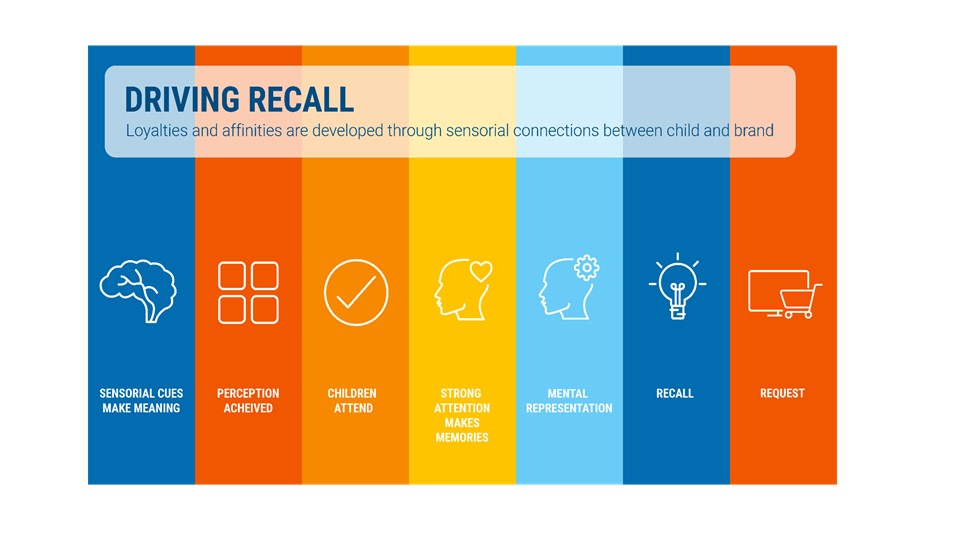
No surprise that we start with The Fundamentals of the experience. What is it? Who is it for? What are the needs of that audience? Need states vary wildly with families so really knowing them is super important. Then we move on to The Proposition – what is it you’re actually selling? – and this breaks down into three elements: targeting and engagement (getting the consumer profile right and giving them what they want at the right time), making sure the purchasing drivers are there (giving them the signals to buy stuff), and expectation and anticipation (building the emotional resonance that delivers heightened excitement and unlocks all those lovely positive emotions – if you get it right.)
The executioner
It doesn’t matter how good your thinking is, if you don’t execute with magnificence, it’s all a waste of time. We split execution into two categories: hardware and software, with the hardware covering the things that are locked in, things you can’t change, like the threshold (the entrance to an experience needs to trigger our brain into thinking it’s in a new (and wonderful) space), sensorial cues and atmosphere to make the experience more immersive and memorable, the layout and how consumers will navigate the physical space, and facilities and organisation (hygiene factors and crowd management, for example).
The software are the things you can change and be reactive with; the softer, fluffier things that can make or break an experience, including the narrative, activities, staff and service (the number one thing kids want when they are taken shopping), and F&B (Pikachu burger anyone?) and retail opportunities.
Importantly, to create an experience that will really resonate with the consumer, we must engage all five senses because we use our senses to create a connection with a brand and decide whether we feel loyalty towards it, often within milliseconds. If we do feel a connection, we attend to it and make a deliberate choice to engage and make a memory that will eventually become a mental representation, which can be recalled and fuel a request. For children, this means pester mum or dad to buy that thing for you. For retailers, this means a sale and mission accomplished.

